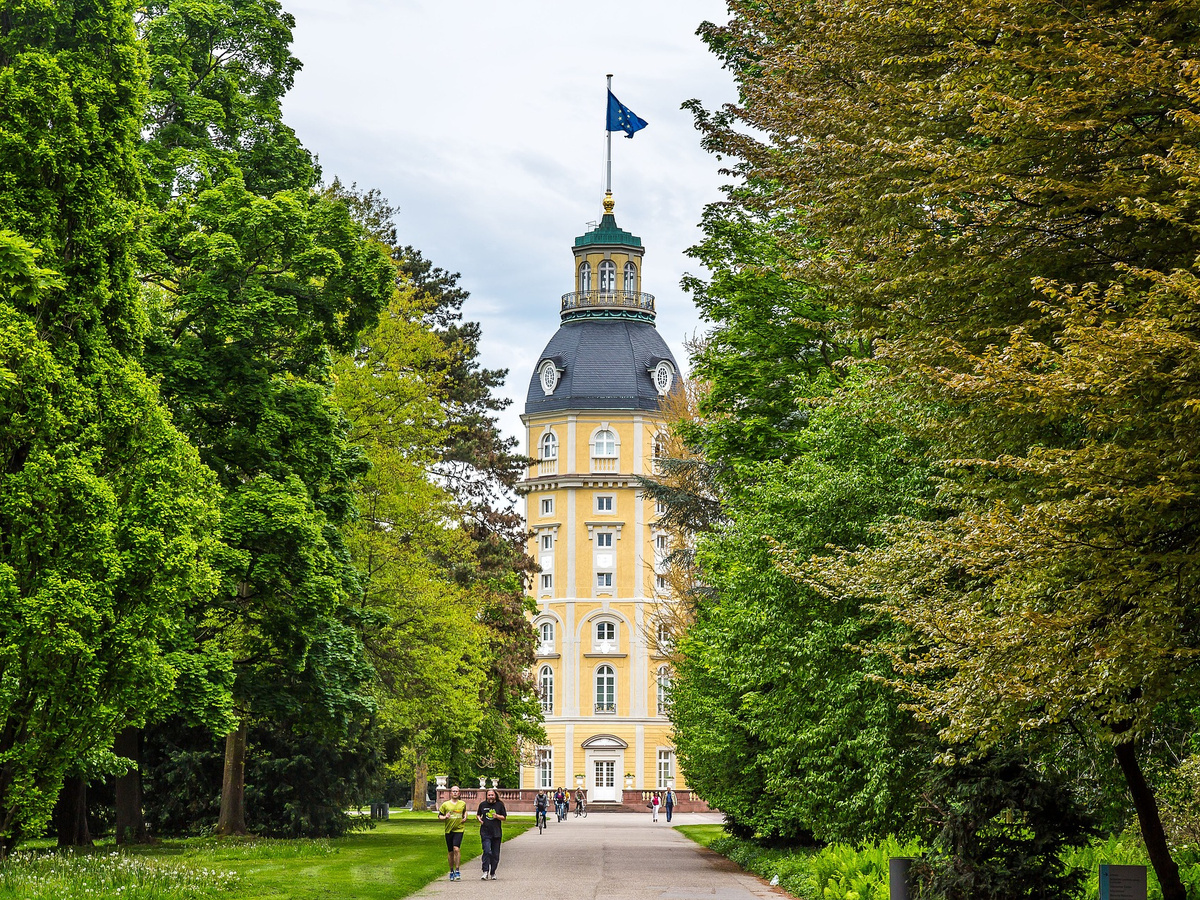Urban forests help against Corona stress
The Corona lockdown confirmed that urban and peri-urban forests do not only provide several ecosystem services, but also have a high psychohygienic value. This is the result of a recent ITAS study. Researchers from the GrüneLunge project asked citizens of Karlsruhe and Rheinstetten, a small town about 15 kilometers away, how they use “their” forests.
“Our study demonstrates that the number of forest visits increased considerably during the COVID-19 pandemic, and that these visits contributed significantly to the subjective well-being in a time of confinement and restriction,” explains Somidh Saha, main author and project leader of the ITAS research group “Sylvanus – Increasing resilience and reducing trade-offs during forest transformations”.
Great importance for peri-urban forests
The study published in the Sustainable Cities and Society journal also provides fundamental conclusions about the use of urban and peri-urban landscapes. Respondents expressed a preference for nearby areas, but assigned a higher value to peri-urban forests, no matter how frequently they were used.
It also became apparent that especially people without their own garden or balcony rely on the public green. In order to address the population’s needs in the planning of urban forests, the authors of the study also advocate for the participatory mapping method used in the survey. (15.09.2021)
Further information:
- Abstract of the High public appreciation for the cultural ecosystem services of urban and peri‑urban forests during the COVID-19 pandemic article in Sustainable Cities and Society
- Project site of GrüneLunge


